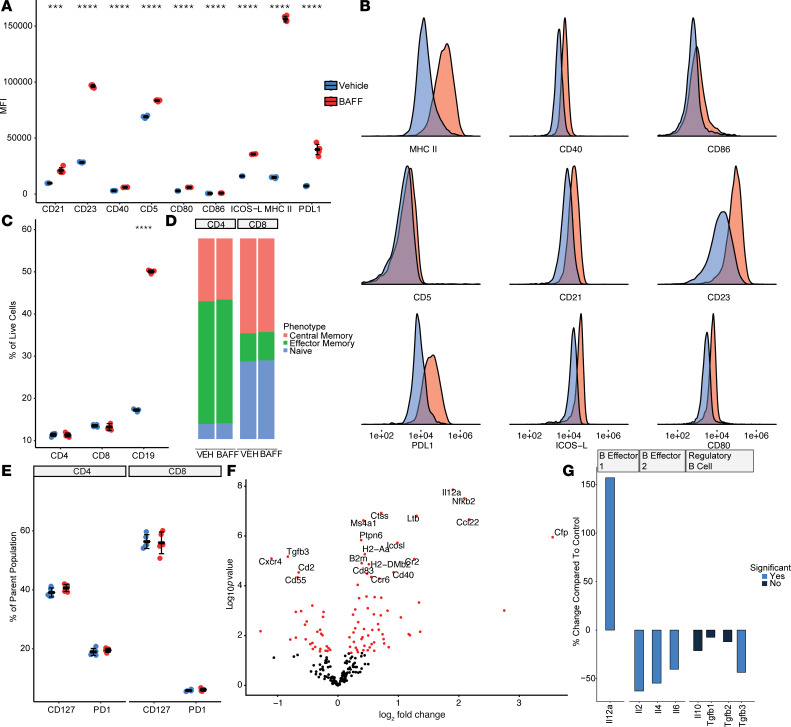Figure 1. BAFF upregulates multiple B cell costimulatory molecules in vitro and induces a Be-1 phenotype in B cells.
(A) Treatment of isolated B cells with BAFF in vitro significantly upregulates the expression of CD21, CD23, CD40, CD5, CD80, CD86, ICOS-L, MHCII, and PD-L1 (n = 5 per group, 2-tailed unpaired t test, ***P < 0.001, ****P < 0.0001) (B) Representative histograms describing the increase in MFI of B cell costimulatory molecules. (C) Treatment of whole splenocytes with recombinant BAFF in vitro increases the number of living B cells without significantly affecting T cells (n = 5 per group, 2-tailed unpaired t test, ***P < 0.001) (D and E) Similarly, in vitro treatment with BAFF does not change the phenotype or exhaustion profile of isolated T cells cultured with BAFF, suggesting that the downstream consequences of BAFF stimulation are most pronounced on B cells (n = 5 per group). (F) Targeted gene expression analysis of isolated B cells cultured with or without BAFF for 48 hours showed that the expression of ICOSL, CD40, H2-DMB2, and H2-Aa were among the most differentially expressed genes with BAFF (n = 3 per group). Significance was determined by nSolver’s DE Call function and adjusted using the Benjamini-Yekutieli correction method. (G) BAFF leads to upregulation of IL-12a, suggesting enhanced B cell polarization toward a Be-1 phenotype, whereas expression of genes associated with a Be-2 or Breg phenotype were decreased with BAFF.

